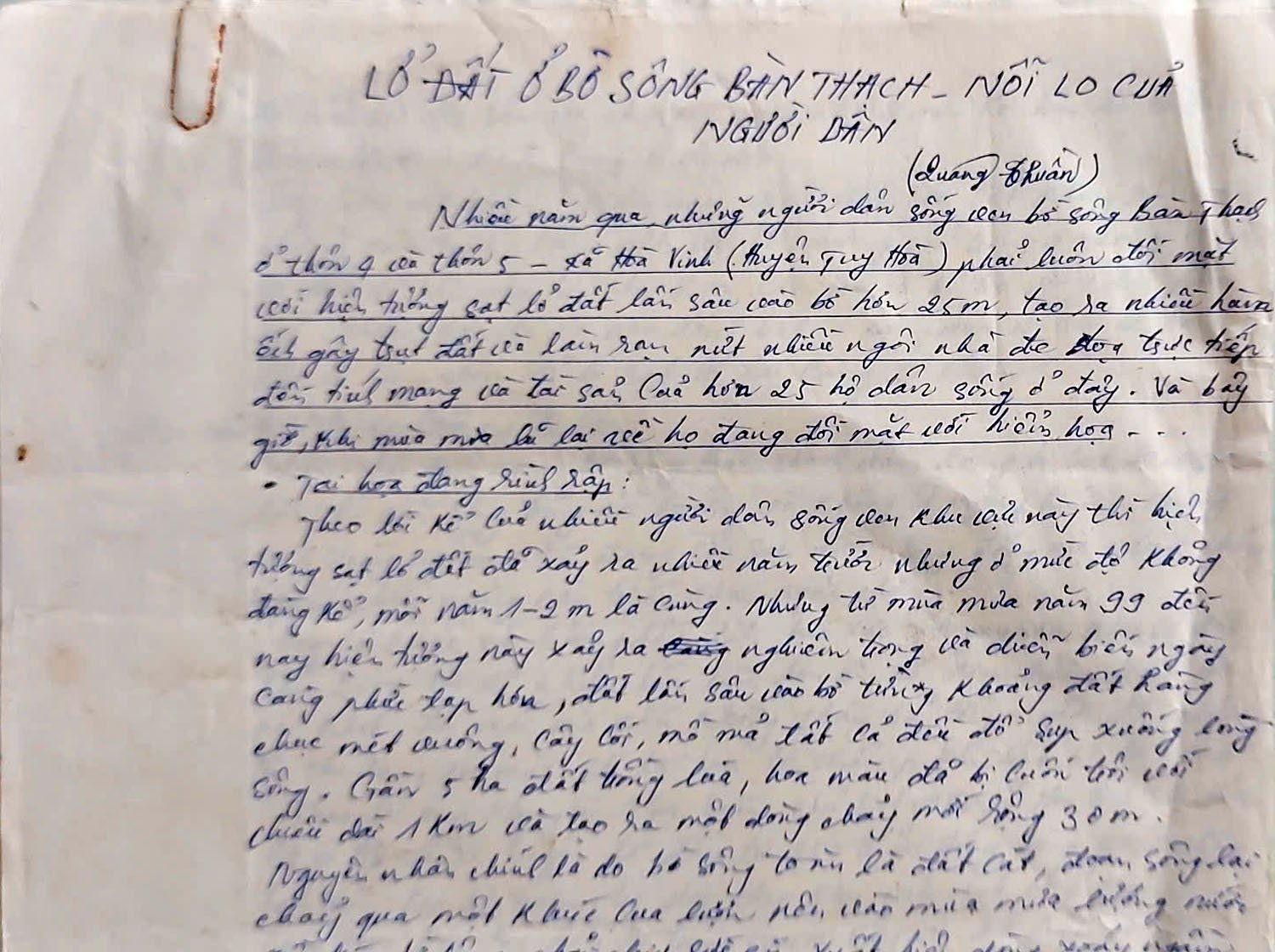 |
| A handwritten manuscript by a reporter from Phu Yen Newspaper during the time of manual journalism. Photo: XUAN HIEU |
At that time, each reporter had only a pen and a notebook to take notes. Only photojournalists, like journalist Minh Ky, were equipped with cameras. To have a camera, reporters had to buy one themselves.
Handwritten manuscript
After having all the materials, the reporter's news story must be done on paper by hand. Each sheet of paper is written on only one side and has a wide enough margin, about 1/3, for the department head, editorial secretary, etc. to edit. The paper is a kind of dirty paper, A4 size. However, some people also write on lined student notebooks, especially collaborators like Duy Quang (Tuy An), Vo Hai, Vo Ba (old Tuy Hoa)...
Because they had to write by hand, the number of words on each page was different for each person and each person's handwriting was clearly visible on the paper. The journalists who "wasted" the most paper were Phan Thanh Binh, Phi Cong, Hoai Trung... Phi Cong and Phan Thanh Binh wrote sparsely and left wide lines. As for Hoai Trung, each letter was "as big as a hen". The person with the most difficult handwriting in the editorial office was probably journalist Hoang Chuong, with handwriting that resembled winding strings of varying lengths. Journalist Phan Thanh Binh and several other reporters were also among those who wrote difficult handwriting.
After the first editing step, news and articles will be sent to the typist. Typists and editors like those who have beautiful, easy-to-read handwriting more than those who have ugly, hard-to-read handwriting. However, no matter whose handwriting it is, no matter how ugly it is, Mr. Nguyen Thanh, the typist of the editorial office, still "translates" it and types it like a dance on the keyboard. Later, technician Phuong Nam also recognized very well the handwriting of the editorial office's senior journalists, Phi Cong, Hoang Chuong and Phan Thanh Binh, when typing on the computer.
4 colors red, purple, blue, black
Because the manuscript is handwritten, the editorial secretary has the initiative to use “4 ink colors”. Accordingly, the Editorial Board uses a red pen, the editorial secretary uses a purple pen, the head/deputy head of the department uses a blue pen, and the reporter uses a black pen. After the reporter writes the news or article with a black pen, the head/deputy head of the department edits step 1 with a blue pen, then the editorial secretary edits step 2 with a purple pen, and finally the Editor-in-Chief or Deputy Editor-in-Chief on duty approves it with a red pen.
Later, when the editorial office equipped each department with computers, reporters began to write news and articles on computers, but there were still some who were “loyal” to handwritten copies such as Phi Cong and Phan Thanh Binh, who were considered special cases along with some collaborators. For the remaining reporters, even though they worked on computers, news and articles still had to be printed on paper to carry out the editing steps. No one was afraid of news and articles being edited a lot, but the most fearful thing was seeing the number 0 like a goose egg in the margin. Even more painful was being crumpled up and thrown into the trash.
To the 4.0 era
In the past two decades, in the era of 4.0 information technology explosion, the field of journalism and communication has seen many new concepts appear and gradually become popular and familiar, such as: Multi-platform journalism, multimedia journalism, converged newsroom, integrated journalism, mobile journalism, social journalism, creative journalism, big data journalism... Along with that is the massive, overwhelming appearance of social media, especially social networks.
Accordingly, from “manual” journalism, many editorial offices have used and equipped reporters with computers to write news and articles. From then on, the new journalism team has less hardship, more convenience, and more time savings. From pencil typesetting to computer layout; drawing headlines, lettering, and fonts are also easier and more flexible. Viewing, editing, and re-editing news and articles is also faster and does not waste as much paper and ink as when doing “manual” journalism.
For journalists, Phu Yen Newspaper, although slow, the working conditions and means to create a journalistic work have also changed significantly. Along with improving the level of political theory, expertise and professionalism, to create a journalistic work, the team of journalists quickly approached and effectively used the achievements of science and technology, especially information technology. In which, the indispensable support tools are smartphones and computers with internet connection. Without these devices and tools, reporters cannot complete a journalistic work. All news and articles of reporters are written on the computer, no longer having to handwrite with ink pens on dry A4 pages. After the article is completed, reporters do not have to print it out to submit the manuscript to the editorial department but send it via email, Zalo and recently on CMS, which saves paper and does not necessarily require going to the editorial office.
Making “manual” or handwritten journalism or journalism in the era of 4.0 technology all require journalists to have passion and responsibility for their work. The first equipment is not the means or working conditions, but the ethics and professional style, the heart of the journalist. That is a necessary condition. If the heart is bright, the mind will be clear, and everything will be sustainable.
If two decades ago, a pen and a notebook were indispensable items for every reporter when working, in today's digital age , these two things are probably the rare traditional tools that still exist in the journalist's luggage. For a long time, many reporters have replaced them with modern devices such as smartphones and laptops. Even cameras are the same. For reporters in the past, a film camera was a big asset and not everyone had the opportunity to own one. Today's reporters have too many devices to replace cameras, from mobile phones to modern DSLR cameras. Almost every reporter has at least one device capable of taking photos and filming anytime, anywhere.
Moreover, with a rickety bicycle or a dilapidated motorbike, reporters in the “manual” journalism era could only travel to areas with short distances, if they did not want to stay for many days or overnight. Today, all reporters have motorbikes, many even have cars and are supported by a public transport network that has reached even the villages. On the other hand, to update the necessary information and knowledge for their articles, to create valuable journalistic works with rich and attractive ideological content and expression, “manual” reporters have to read many books and newspapers, have to go to places to “see with their own eyes, hear with their own ears, ask with their mouths, and copy with their hands”; reporters in the 4.0 era also spend a lot of time “wandering” on the internet to search for necessary information or just “call” to get information.
However, doing "manual" journalism, writing by hand or doing journalism in the era of 4.0 technology all require journalists to have passion and responsibility for their work. The first equipment is not the means or working conditions, but the ethics and professional style, the heart of the journalist. That is a necessary condition. If the heart is clear, the mind will be clear, and everything will be sustainable. As journalist Ha Dang once said: "Journalists must have ethics, courage and aspiration. To have pure professional ethics, journalists must constantly train and practice themselves. Journalists must have the aspiration to write good articles, but not to do journalism just to leave their names in the past."
Source: https://baophuyen.vn/xa-hoi/202506/nho-thoi-lam-bao-thu-cong-73f2070/









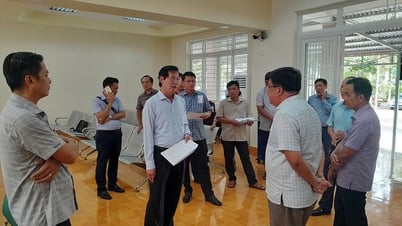

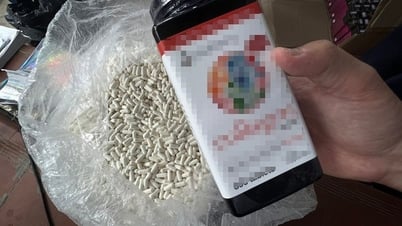



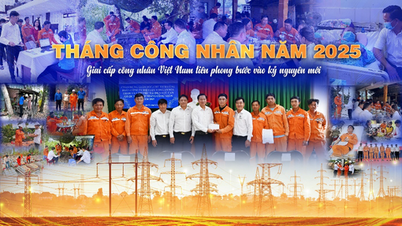





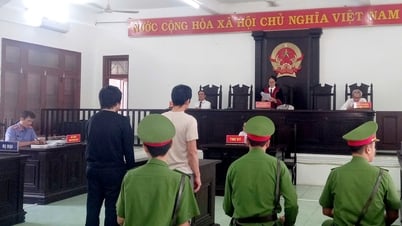
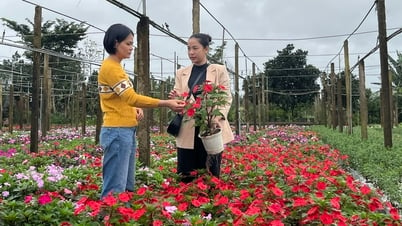
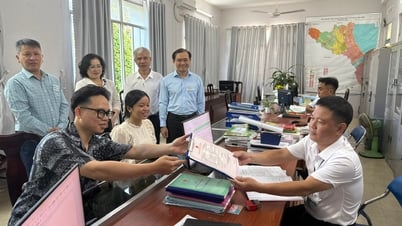
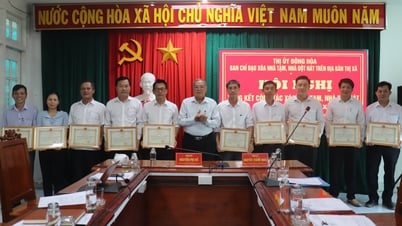














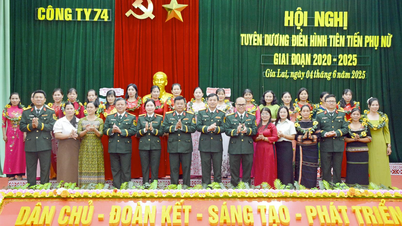








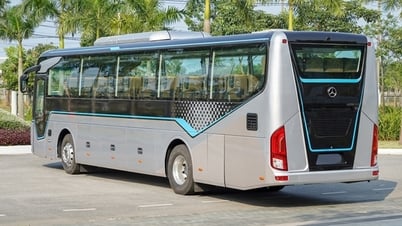











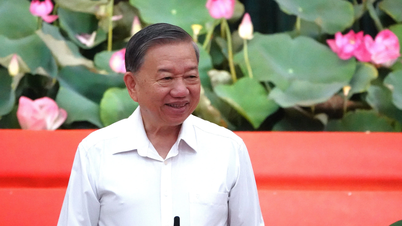

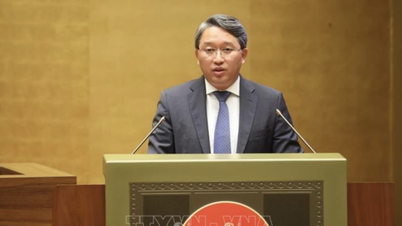

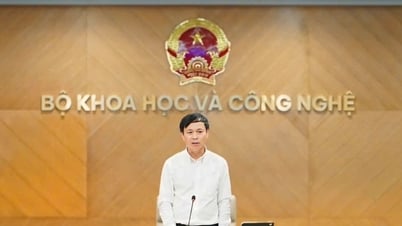

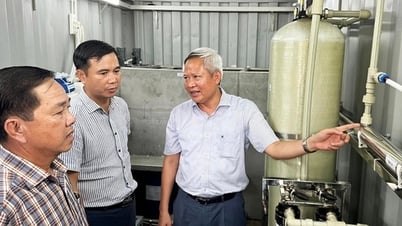




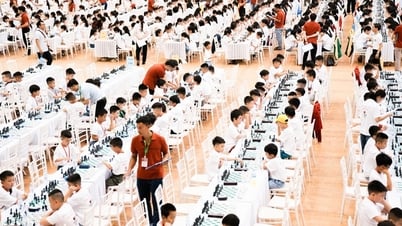

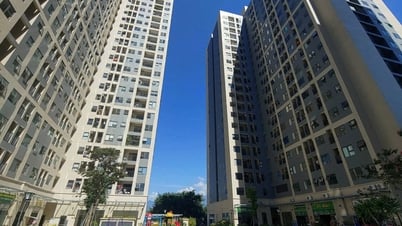

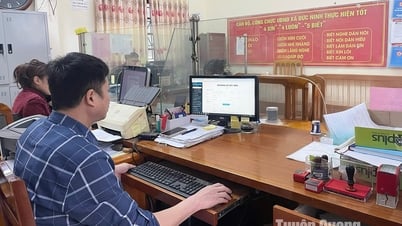

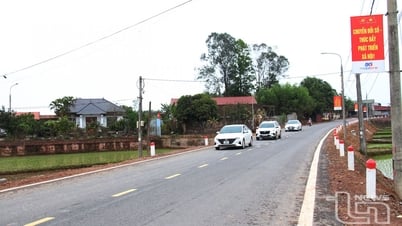















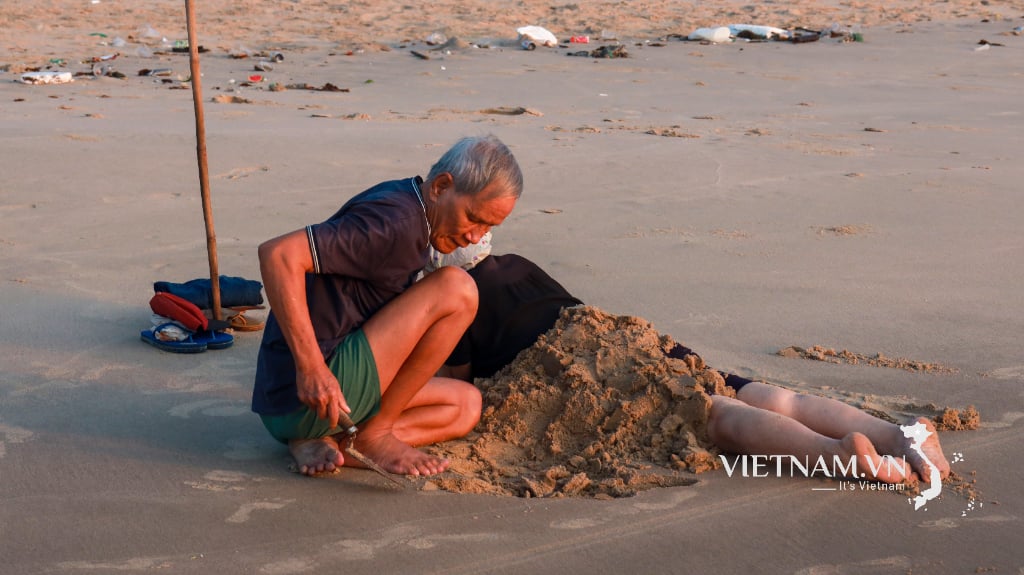
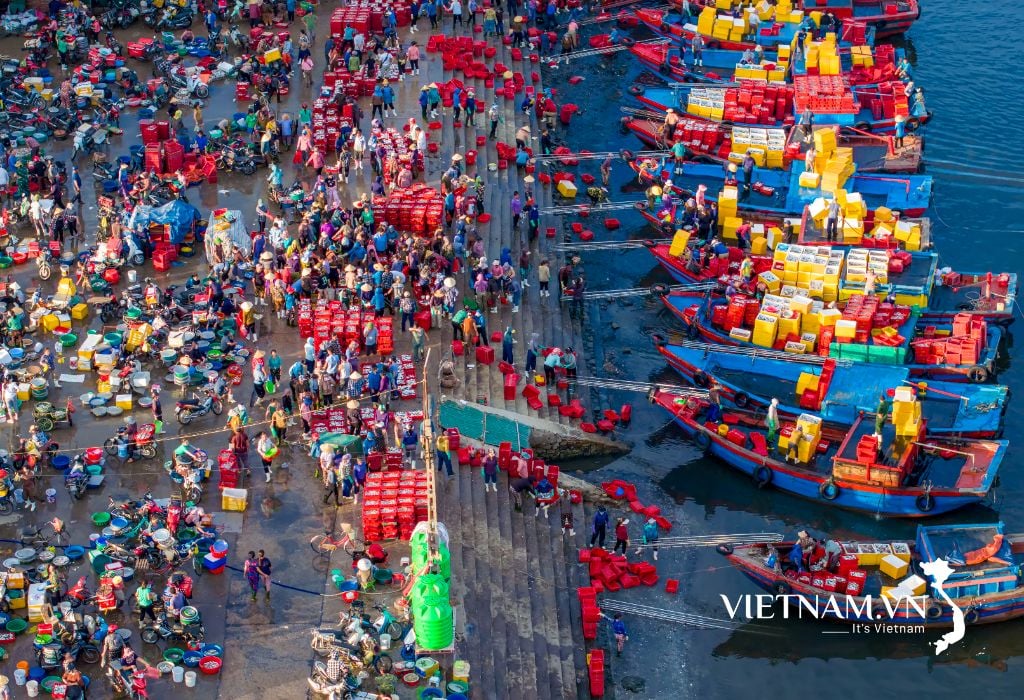
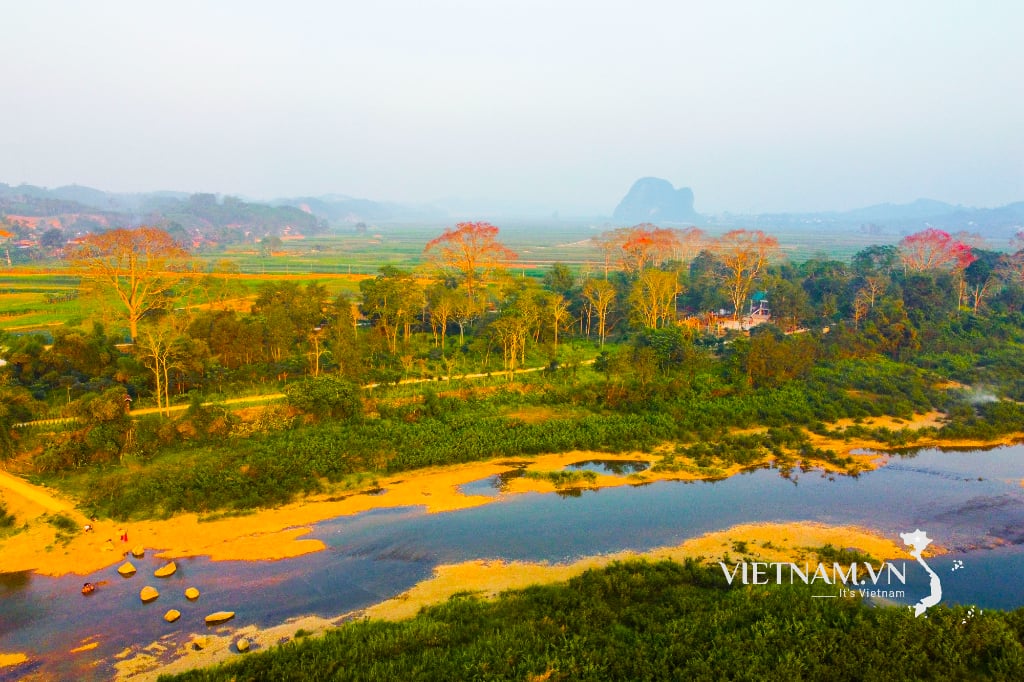

Comment (0)